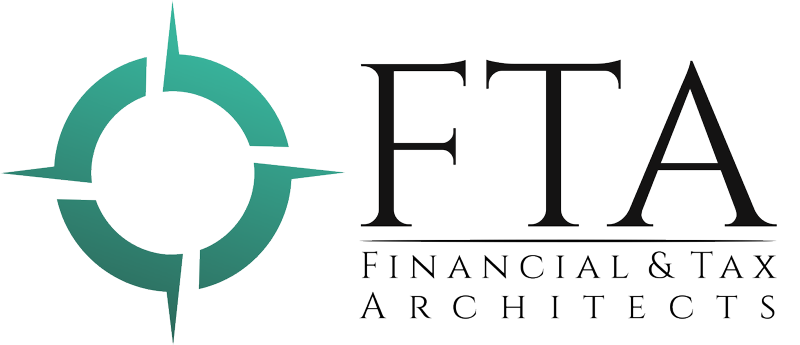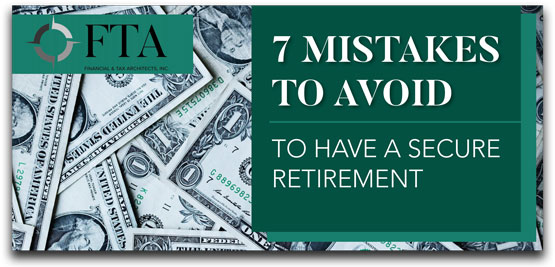Understanding RMDs and How They Impact You
You’ve done it. You’ve set up a retirement account and watched the money accumulate over time. When it’s time to retire, you can let those funds continue to grow if you don’t need them, right? Not quite, especially if you’ve invested in traditional, SEP, simple and rollover IRAs as well as 401(k) plans, 403(b) plans, 457(b) plans or most small business accounts.
Typically, by age 70.5, these investment vehicles require you to start withdrawing money.
However, modifications in the Setting Every Community Up for Retirement Enhancement (SECURE) Act signed in December 2019 changed that, stating that if you turned 70 on July 1, 2019 or later, you could withdraw at age 72 instead.
Required minimum distributions (RMDs)
Required minimum distribution (RMD) is the minimum amount you have to withdraw each year from each retirement account by the required age, although you have the option to take more if needed. If you have multiple retirement accounts, you’ll likely need to calculate and take a RMD from each one.
Withdrawals are counted as part of your taxable income (except for any portion previously taxed or qualifying as tax-free, such as funds from a Roth account).
If you choose not to take any distributions or fail to withdraw the established minimum amount, you may end up having to pay a 50% excise tax on the amount you failed to withdraw.
Changes to RMDs
Because of the Coronavirus, President Trump signed a stimulus package waiving RMDs for 2020 to give accounts more time to recover from market fluctuations. The waiver also applies to those who were required to take their very first RMD in 2019, but decided to delay until April 1, 2020.
Calculating your RMD
Your RMD is calculated based on your account balance as well as your age. To get an accurate estimate of how much you should withdraw and by when, you can use the RMD Worksheets on the IRS website.
However, know that you don’t have to do the legwork alone. At Financial & Tax Architects, we’ve got the experience to skillfully guide clients through the jargon and technicalities. Contact us today so we can help you through a worry-free retirement journey





